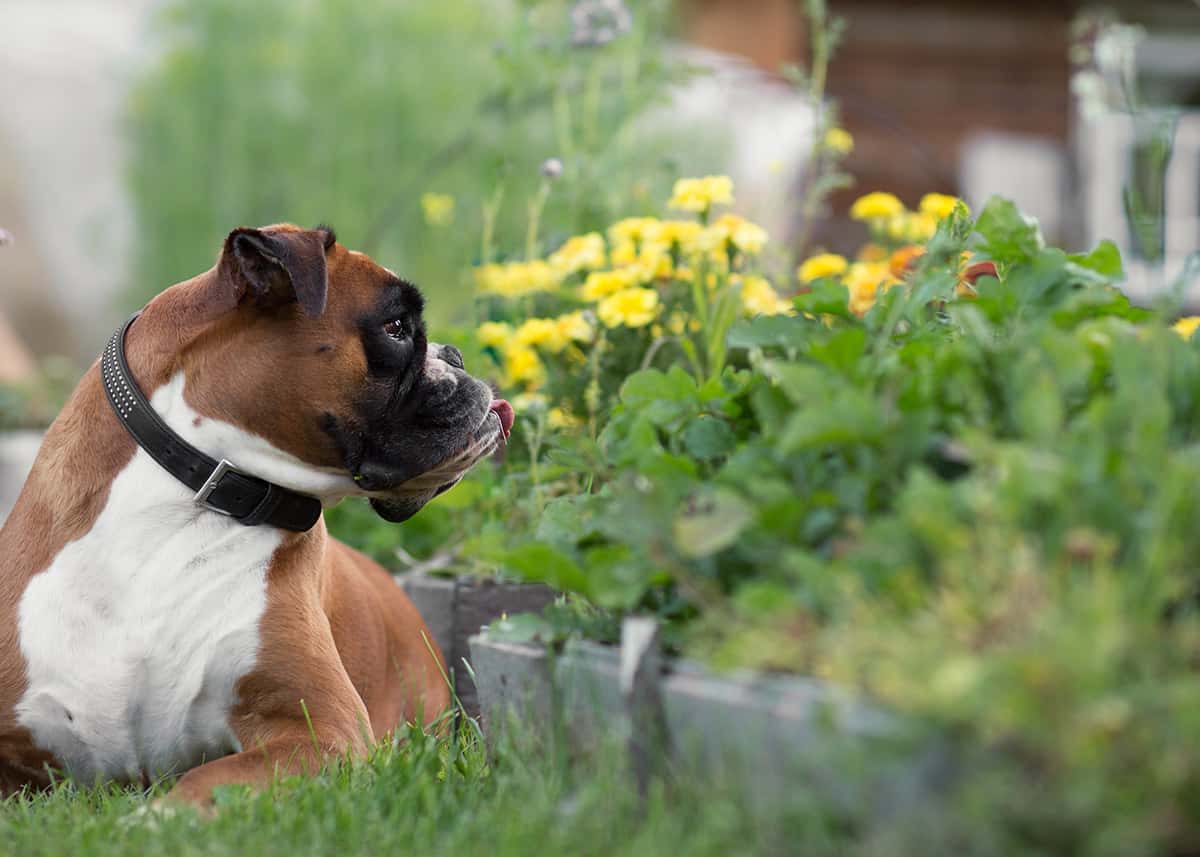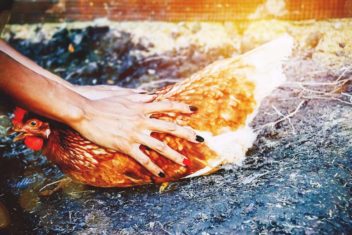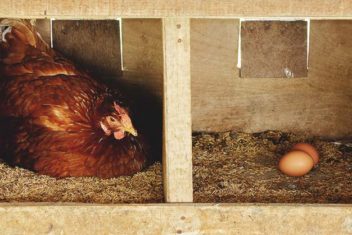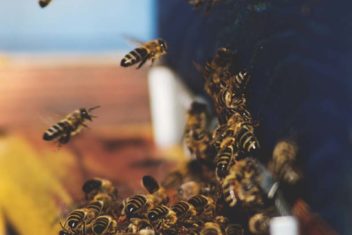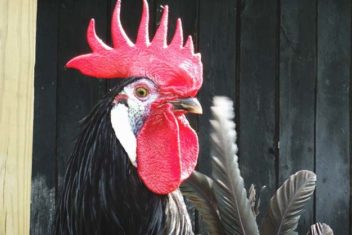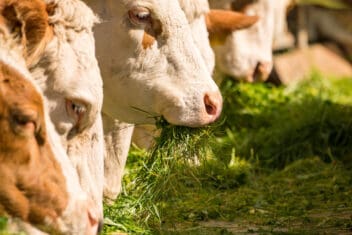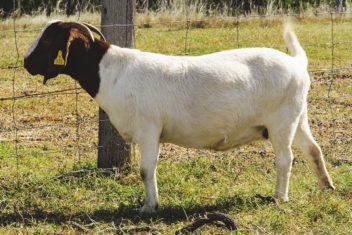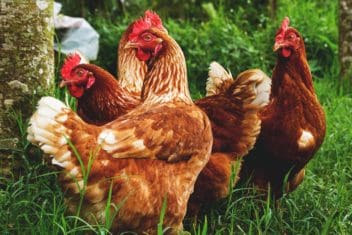You know herbs are invaluable in the kitchen and for medicinal purposes. Where would we be without chamomile tea to help us sleep or parsley on our pasta? But did you know you can use herbs to keep your dog healthy?
On our homestead, we have a separate herb garden just for our dog to help give her a lustrous coat, strong joints, healthy eyes, and to improve her general health as she gets older.
Starting a doggy herb garden is as easy as, well, starting any herb garden. But you need to know which herbs are best (and which to avoid).
The Best Herbs for Dog Health
Why do we have a separate garden just for our dog? It’s because we only plant herbs specifically for our dogs that are safe and beneficial for canines.
We don’t want to combine our kitchen herb garden with the canine garden since there are some herbs that dogs shouldn’t have.
If you decide to grow everything in one garden, that’s fine, too. Just be absolutely sure that you’re harvesting the correct herb and not part of one that could be harmful to your pet.
Also, a word of advice: If your dog has health issues, you should take them to your vet. Some illnesses and pain may require medication or treatment.
We use herbs because the medications prescribed by our vet never worked for our dog’s skin condition, but the herbs work nicely. We did consult with our vet first, of course.
1. Basil
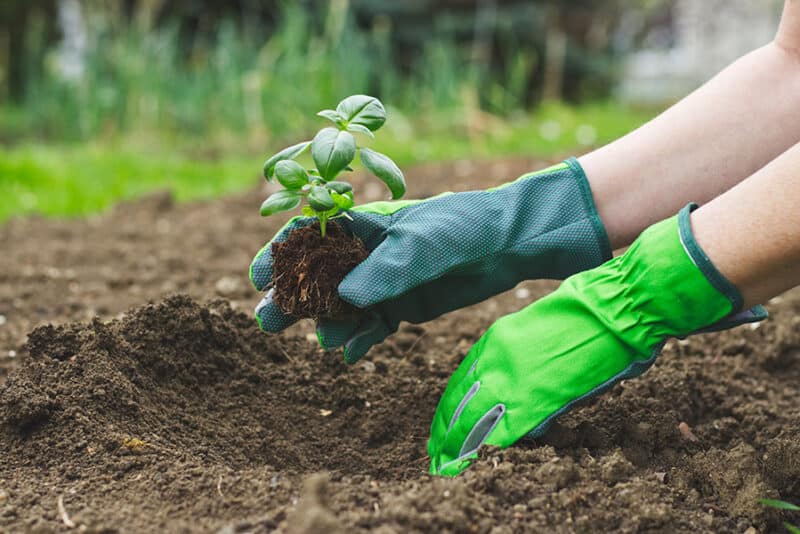
Basil is one of our favorites and so easy to add to our dog’s diet. It’s also a cinch to grow as an annual, and suits most soil types with a pH of 5.1 to 8.5.
Give basil full sun and plenty of water.
DOG USE: Basil is a powerhouse of antifungals, antioxidant and antimicrobial properties.
Also said to ease arthritis and inflammatory bowel symptoms, basil can be finely chopped fresh and added to your dog’s protein.
2. Dandelion
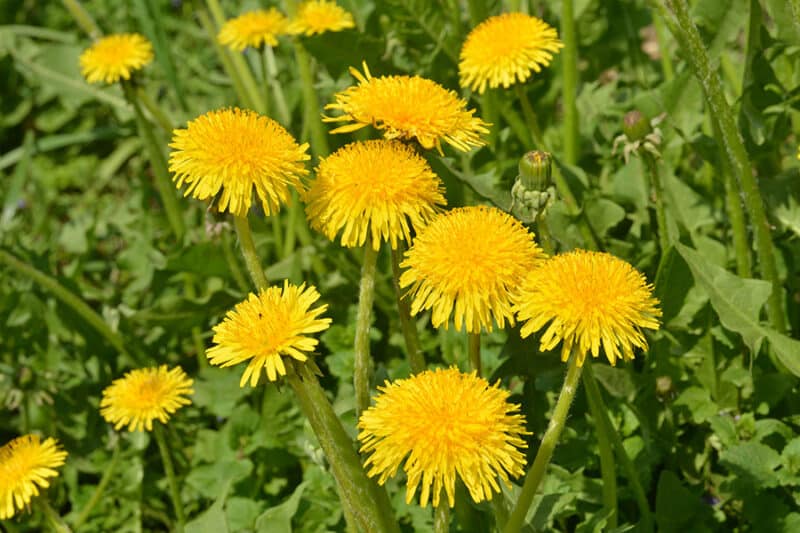
Not exactly a herb, the often maligned dandelion is another plant full of health benefits for humans and canines, so we always include it in our dog herb garden. It grows anywhere, to be honest, but best in zones 3 to 10.
Any soil will do, as long as the dandelion can develop its tap root.
DOG USE: Dandelion is good for liver function and healthy digestion. It’s loaded with vitamins A, C, K, D, B and potassium, zinc, manganese, and calcium.
Chop the leaves up into your dog’s food, or use the dried and powdered root. A little root goes a long way. I use a pinch two to three times a week. Mix it in well, though, or it will make your dog sneeze.
To use, dig the whole plant out carefully to expose the taproot. Remove the root and wash and dry before placing in an oven at low temperature to roast.
Do multiple roots at a time. Once they are dry, blend into a powder with a coffee blender or similar and sprinkle in your dog’s meal.
3. Parsley
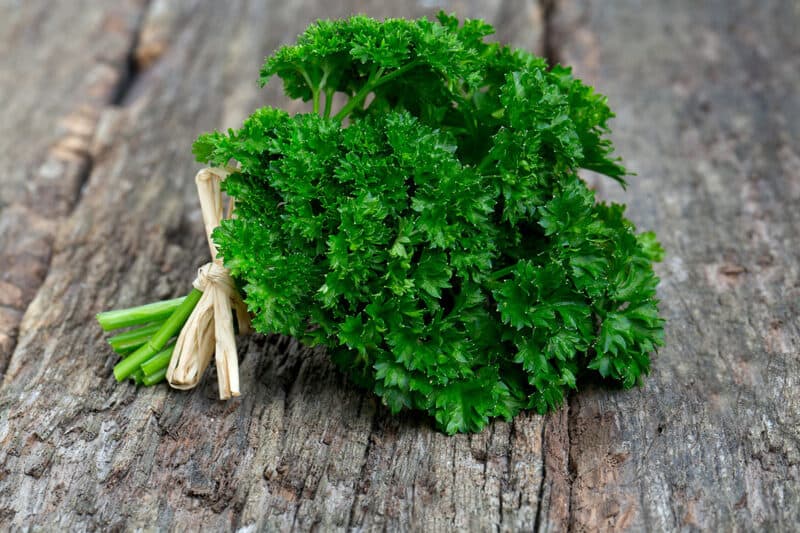
Flatleaf parsley is best, but curly will work as well. This biennial grows in zones 3 to 9. Plant it in full sun and water well to avoid parsley bolting to seed. A soil pH of 5.5 to 7 is ideal.
DOG USE: High in fiber and protein, parsley is an antibacterial and an antioxidant. Cut it finely and add to your dog’s meal in small amounts.
You could also brew up a tea to add to your dog’s water bowl. Dilute it by pouring in a small amount of the tea and filling the rest of the way with fresh water.
Parsley may also help with bad breath. Use it if you think your dog has indigestion a well.
4. Rosemary
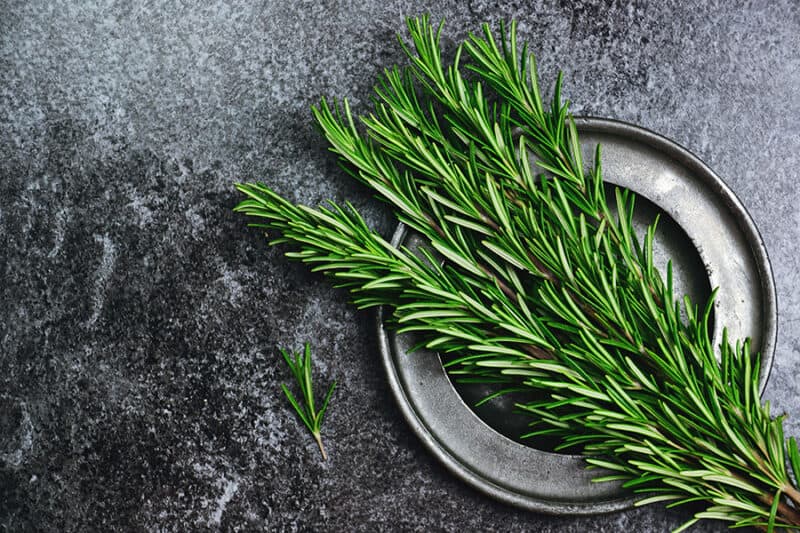
Rosemary is good for heart health and digestive issues. It’s a strong herb, but I’ve seen my dog eating it straight from the garden.
In zone 8 and further south, you can grow rosemary directly in your dog herb garden. In cool areas, try having it in a pot so you can take it inside in late fall and winter.
A soil pH of of 6.0 to 7.0 is optimal.
DOG USE: Sprinkle this on your dog’s food and mix it in thoroughly. I find the best way is to add it to homemade dog treats. Making a simple dog biscuit with any of these herbs (but particularly rosemary) is one way to make your dog happy.
5. Sage
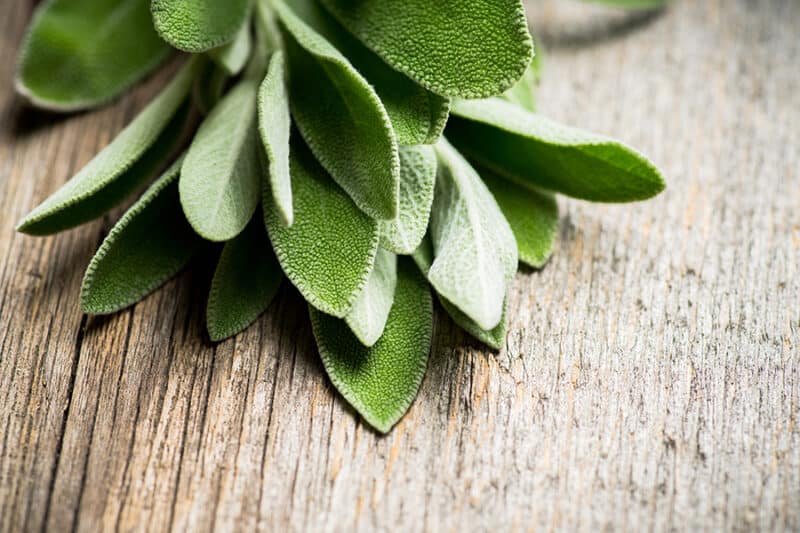
In my area, sage grows exceedingly well for three seasons and dies off in the winter, so I save sage all year round by dehydrating it.
Grow in zones 5 through 9 and provide plenty of sunlight with afternoon shade. Water well or the leaves of sage will burn easily.
A soil pH of 6.0 to 7.0 will see good leaf growth and a nice spread to your plant.
DOG USE: Sage is the most important herb in the garden for our dog. It can be used in many ways, but we add it to feed and make a topical skin rub.
Dry sage leaves in a dehydrator and use for mixing into the food.
Alternatively, you can boil a handful of sage leaves in water with 1/4 to 1/2 cup of medicinal Epsom salts to use topically.
Allow to cool and bottle. If your dog has itchy, red, or an allergic reaction to something, use a spray bottle to apply this mixture. It’s cooling, anti-inflammatory, antiseptic and antimicrobial.
Sage is loaded with vitamins A, K, and E. All of these are great for skin, eye health, and immunity.
If your space is limited, sage is one herb you don’t want to leave out. I use common sage and pineapple sage.
6. Turmeric
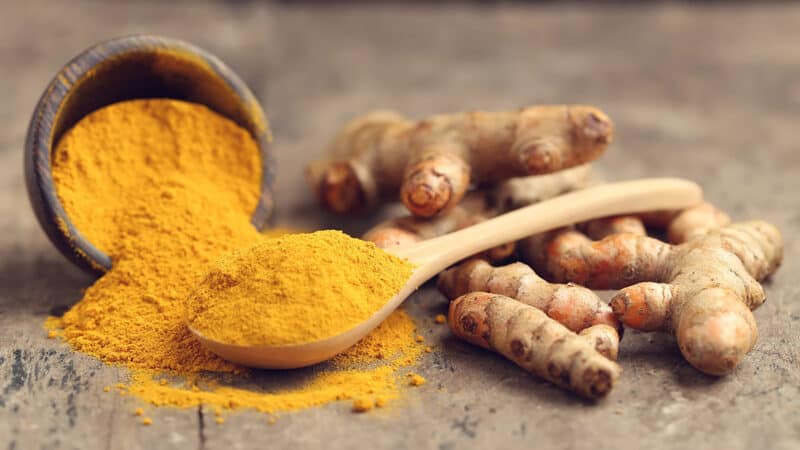
Turmeric is a little harder to grow, but seriously worth the effort for your dog’s health.
This spice grows well in the garden in zones 8 to 11, but you could try it in containers and move inside when necessary in other areas. The bulbs are small, and the plant is tall but compact.
Turmeric needs well draining soil with a pH of 4.5 to 7.5.
DOG USE: There is a reason turmeric is in so many dog supplements. It’s just plain good for them in so many ways. Turmeric is anti-inflammatory and eases arthritic pain.
I’ve used it to soothe stomach pain in our dog.
Use 1/4 teaspoon of paste for a small dog and up to 1 teaspoon for a big dog. Mix it into their food two or three times a week.
To use, dig the bulbs up and clean all dirt off. Slice the turmeric thinly and dehydrate completely. Make into a powder with a coffee or herb grinder and seal in a glass jar.
Turmeric needs to be made into a paste to be effective for your dog, so mix about 1/2 a cup of turmeric powder to 1 cup of water.
Heat this in a pot until it thickens (about 7 to 10 minutes). Once it’s at the required pasty thickness, add 1/2 a teaspoon of black pepper and a 1/4 cup of ghee or coconut oil.
Mix this well and place in a jar in the fridge once cool.
Turmeric stains everything it touches so make sure you use gloves when making this and wash the utensil well.
7. Thyme
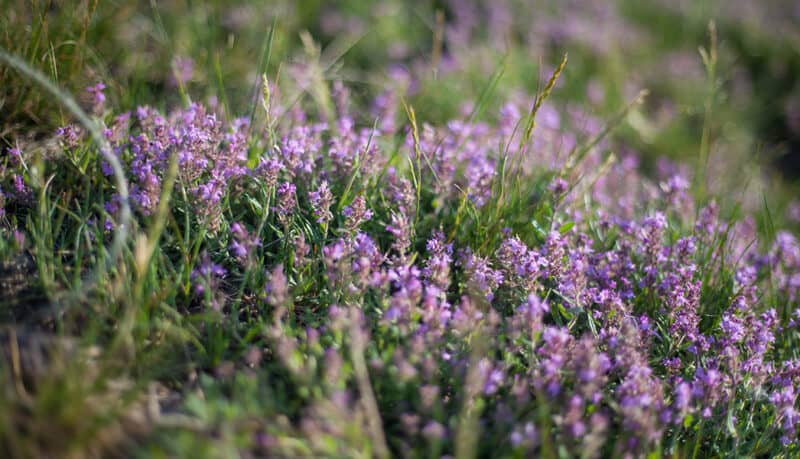
Thyme is perfect because, for such a small plant, it packs a lot of punch. I dry whole sprigs of thyme because the leaves are too small to dry on their own, but use the dried sprigs with the leaves when you give it to your dog.
Thyme will do well in zones 5 to 9. Zone 4 may see some success as well.
Aim for a soil pH of about 6.0 to 8.0.
DOG USE: If you notice your dog’s stools are messy, start using thyme. It is perfect for easing gastrointestinal issues, is antibacterial, and good for both the brain and skin.
Thyme is said to be a natural wormer and may even help with gingivitis.
Sprinkle fresh leaves on your dog’s food, or dehydrate and mix into dog treats.
More Uses For These Herbs
All of these herbs can be steeped in water just like you are making tea for yourself.
Use the steeped tea diluted in your dog’s water bowl. You can combine any of these herbs. We feed our dog raw meat, so I mix a teaspoon of each dried herb in the week’s worth of meat.
Dehydrate all of these herbs for use all year round.
If you make oils from herbs for culinary uses, put some aside for your dog’s skin.
Get Growing Your Dog Herb Garden
I’ve found all of these herbs useful for my dog’s skin and overall health. I’ve been using them for years and had no problems with her eating them, and the topical applications have always worked.
Like humans, all dogs are different, so if you are unsure, speak to your vet.
If you want to add other herbs into your dog’s diet, make sure you do your research because some plants are toxic to dogs, and some herbs shouldn’t be used on dogs who have serious illnesses or are pregnant.
If your dog is on medication, you must ask your vet if herbal supplements will reduce the potency of those drugs.
